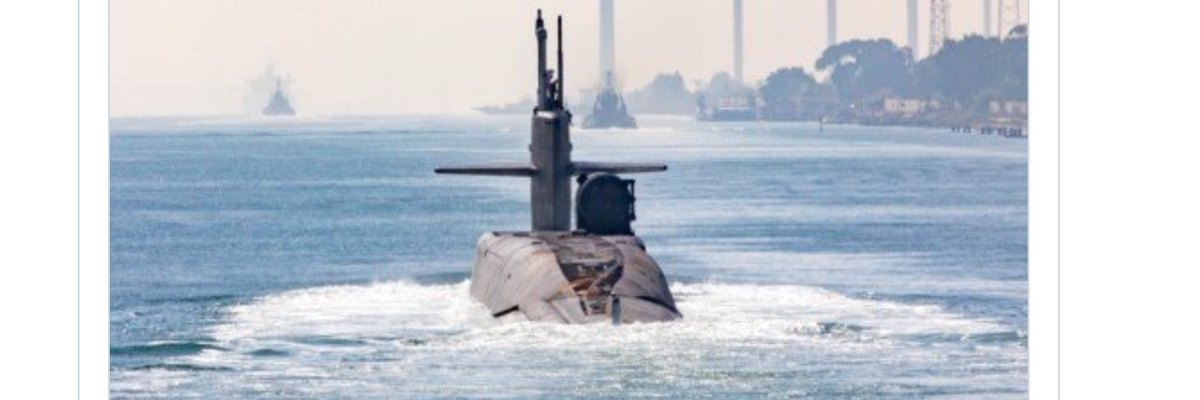US Central Command announced that it sent a Ohio-class guided missile submarine to the Middle East Sunday and accompanied this social media post with pictures already showing the sub in the Suez Canal.
This sends "a message of deterrence clearly directed at regional adversaries as the Biden administration tries to avoid a broader conflict amid the Israel-Hamas war," according to CNN's reporting.
According to CNN, this is one of the Ohio-class subs that were built for ballistic missiles but had been converted to carry a payload of up to 154 Tomahawk conventional cruise missiles instead, each with the capacity to carry a 1,000-pound warhead.
If this indeed is the mission, the submarine joins a host of U.S. military assets in the region, including, according to Cato's John Hoffman in RS today: "two aircraft carrier strike groups, with roughly 7,500 personnel on each, two guided-missile destroyers, and nine air squadrons to the Eastern Mediterranean and Red Sea region. Washington also deployed an additional 4,000 troops to the region, with another 2,000 on standby, adding to the roughly 30,000 troops already in the region.
Secretary of Defense Lloyd Austin announced on Oct. 26 that nearly 1,000 of those standby troops have already been activated and sent to the Middle East. “Approximately 900 troops have … deployed or are in the process of deploying,” said Air Force Brig. Gen Pat Ryder, the Pentagon’s top spokesman to reporters. “These include forces that have been on prepare-to-deploy orders and which are deploying from the continental United States.”
In the meantime, the Pentagon has acknowledged there are U.S. special forces commandos in Israel helping to find American and Israeli hostages held by Hamas. According to the New York Times, defense officials have confirmed there are "several dozen" commandos in the country but would not say exactly where they are, and they had joined a small team that was already there.



 Top photo credit: Ngô Đình Diệm after being shot and killed in the 1963 coup (US National Archives)
Top photo credit: Ngô Đình Diệm after being shot and killed in the 1963 coup (US National Archives) 












